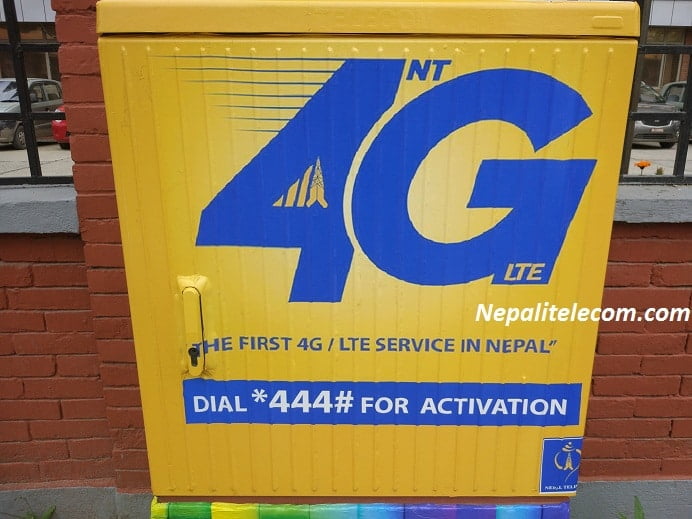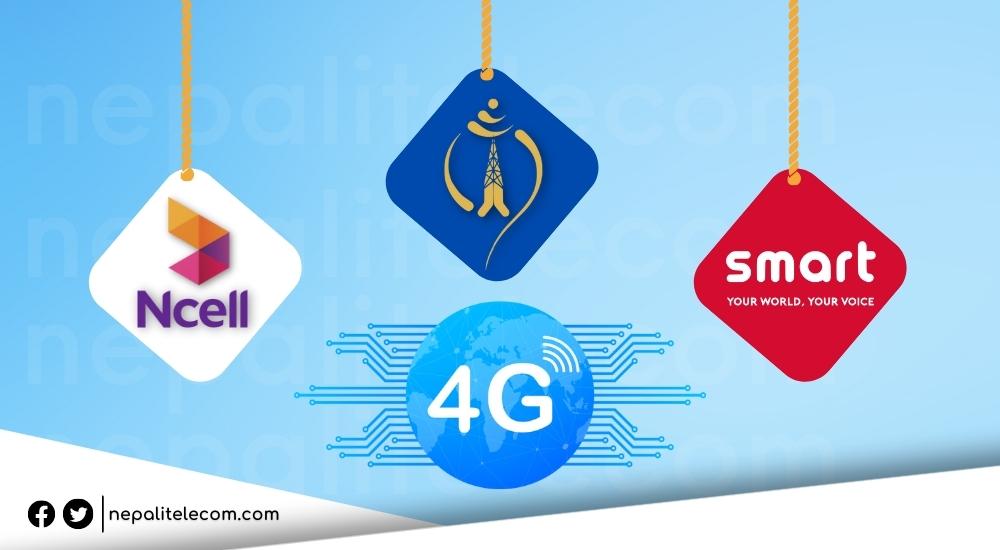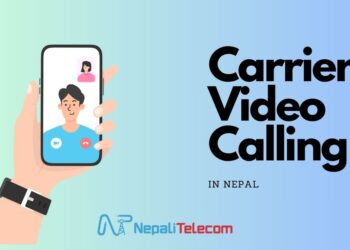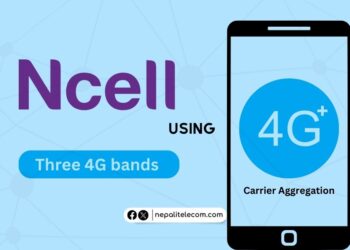You don’t need to be a technological nerd nor an engineer to understand what 4G is and the services you get from 4G. 4G is an acronym for the fourth generation of mobile communication technologies. The current mobile technologies standard in Nepal ranges from 2G to 3G in both GSM and CDMA family.
What is 4G?
Well, the fourth generation is the direct evolution of 3G from GSM family. As CDMA don’t have any standard beyond 3G, it is also the evolution for CDMA family. LTE is the broad technology of 4G, which is the initial release (3.9 G) of the Long term evolution. Whereas LTE Advanced is the true 4G technology.
Services in 4G?
The internet speed that we get from these technologies increases significantly adding more services to its suit including the video broadcast service. The regular voice and video services from circuit switched network won’t be there with 4G. So 4G is a data-only technology whereas you can get voice and video call service by falling back to the old 3G/ 2G network. It can also use VoLTE (Voice over LTE) or some OTT (Over the top) applications like Viber, Skype, Whatsapp for the same.
Nepal Telecom even claims their WiMAX technology of 4G technology. Due to their uneven coverage and nonreliability in outdoors, it is used for fixed broadband at some office or home locations.
Data speed with 4G has increased significantly from what can be provided with 3G, the peak throughput comes around 100 Mbps in a base station. The speed that a customer gets from the 4G network is about 10 to 20 Mbps for a not so loaded network (that’s what we can get during initial launch), whereas the speed goes down to 5 to 8 Mbps in a loaded network. Using 4G, an user can download a full-length HD movie in matter of couple of minutes which would take more than 10 minutes to half an hour with the current 3G.
4G license
As every wireless technology (in all part of the world) need a license and the frequency to provide the network beforehand, Nepal Telecom and Ncell (the two major operators in Nepal) have been demanding the same to the regulator body (NTA) and Government to award the license and frequency. Both the operators claim it to launch the 4G service within 3 months from the date of awarding the license and frequency, as they say, they have already made their network 4G ready with some testing and upgrade.
There are many speculations regarding the operating frequency and the License to be awareded very soon. We have been hearing that since last 2 years but there has been no significant progress except for the inclusion of 4G in the budget of the fiscal year 2073 / 2074. As rumored, the frequency of operation will be from the current operating band (most probably 1800 MHz which has a 2G network running). Provided the operator gets the Technology neutrality for that band. Technology Neutrality permits an operator for using available frequency for any technology.
4G technology
The 4G from LTE technology is based on OFDMA which is the same modulation used in WiMAX technology but differs significantly over the structure and the key difference lies in the non-interoperability with legacy networks like 2G, 3G from WiMAX. It is the LTE technology that is more popular and widespread than WiMAX technology. There are two types of LTE technology: namely FDD and TDD. China developed TDD and prefer it over FDD. And it is also more prevalent in China and India. But it seems more likely that Nepal will go for FDD LTE.
What do we need to use 4G?
The current high-end smartphone range supports 4G LTE in the frequency bands that are quite popular in this part of the world. So, if it’s in band 3 that Nepal will be launching the 4G technology, it is available with high-end smartphones as it is the most popular bands in the whole world. You can even use LTE dongles to connect it with your computer to use the 4G technology for the specified frequency band.













